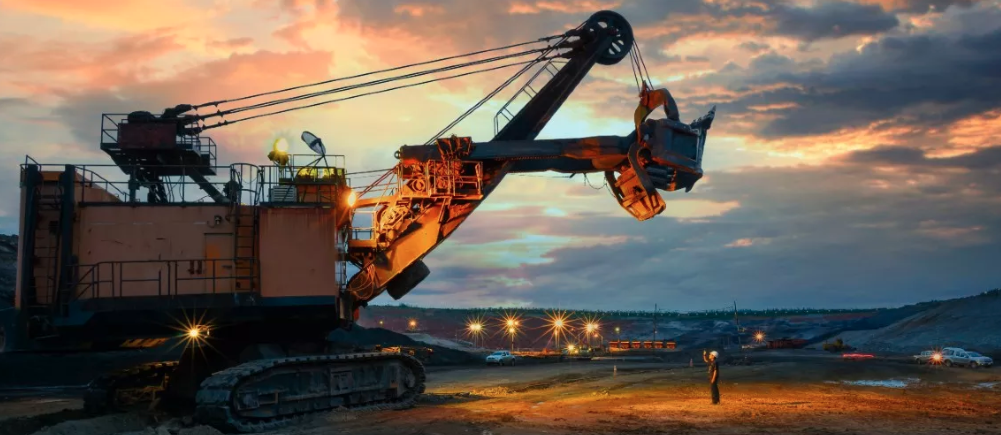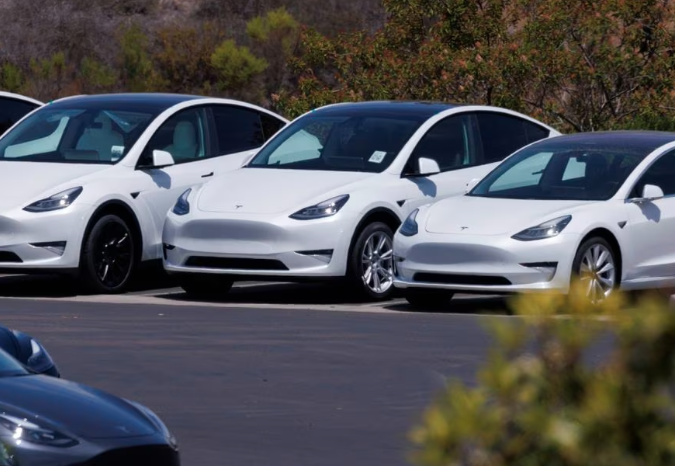The current global infrastructure financing landscape is a striking showcase of contrasting realities. On the one hand, there’s a vast pool of global financing waiting to be harnessed, with an estimated $31 trillion in assets held by pension and sovereign wealth funds. On the other, there’s a projected $15 trillion gap between global infrastructure needs and spending through 2030, with emerging markets and developing economies (EMDEs) suffering the most.
Public financing alone will be insufficient to close the investment gap, hence the need to involve global private capital and institutional investors like pension funds and wealth funds. However, these investor groups have consistently cited the dearth of well-prepared and structured projects as a major barrier to their uptake of infrastructure as an asset class.
The Global Infrastructure Facility (GIF) was established as a direct response to address the lack of project preparation and is instrumental in narrowing the infrastructure investment gap in EMDEs. As a global collaboration platform, the GIF partners with multilateral development banks (MDBs) to support EMDE governments in planning, designing, and structuring bankable, sustainable, and quality infrastructure projects to unlock and leverage private investment and innovation. Since its inception, the GIF has provided funding and technical support to over 157 projects across various infrastructure sectors, with 19 projects reaching commercial or financial close as of February 2023. It is expected to attract an estimated $7.4 billion of private capital— a testament to its dedication to reducing the investment gap and promoting sustainable development.
On behalf of Meridiam, I am honored to Co-Chair the Advisory Council of the GIF at a time when its work has never been more important. The GIF has a proven track record in tackling barriers to investment, while Meridiam has extensive experience in delivering sustainable infrastructure. We look forward to partnering with the GIF in navigating the challenges and opportunities ahead, and I believe that a focus on the following key areas will be crucial to the GIF’s continued success:
Close the Gap
To accelerate and amplify efforts to close the infrastructure gap, we need to explore innovative approaches. These include addressing the lag between commercial and financial close and beyond, exploring project aggregation and scaling to incentivize and attract a wider investor base, and scaling up and expanding the GIF business model. Additionally, partnering with subregional and national development banks and operationalizing the GIF’s Downstream Financing Window will further enhance the GIF’s impact.
Become More Competitive
Of the $31 trillion of assets held by pension funds and sovereign wealth funds, only a fraction is currently invested in infrastructure, and even less in infrastructure in developing countries. To address this, we need to explore ways to make infrastructure more attractive and competitive for investment, even compared to sectors like real estate or short-term bonds. We should also consider how to better utilize new support instruments offered by the MDBs and other sources, such as de-risking and credit enhancement mechanisms.
In this regard, the GIF continues to play an important role in partnership with its MDB partners to consistently integrate innovation into transaction structuring activities. Additionally, the GIF utilizes its convening power to bring together key stakeholders to showcase successful project examples and share knowledge and lessons learned in developing sustainable infrastructure solutions that attract private capital finance.
As a global collaboration platform, the GIF is uniquely positioned to identify gaps in credit enhancement and support the development of solutions. It is actively supporting platforms to leverage its MDB partners and Advisory Council and provide bottom-up solutions, aligned with the strategic calls to evolve the role of MDBs in financing sustainable infrastructure projects and address these gaps.
Ensure Delivery
Closing the gap and securing funds will be vital, but we also need to focus on delivery, which has too often been an Achilles heel for the infrastructure sector. In simple terms, how can we ensure that “money in the bank” leads to “shovels in the ground?” At Meridiam, we have an unrelenting focus on practical delivery, enabling, and investing, working from the earliest development stages right through to the financial close and beyond to construction, commissioning, and successful operation of the assets and service delivery.
As we look at the current infrastructure gap, we look forward to the opportunity to partner with the GIF to act as a bridge between financing and demand by matching private sector interests with the needs of individual infrastructure projects. There is much work to do with many challenges, but also huge opportunities ahead.






